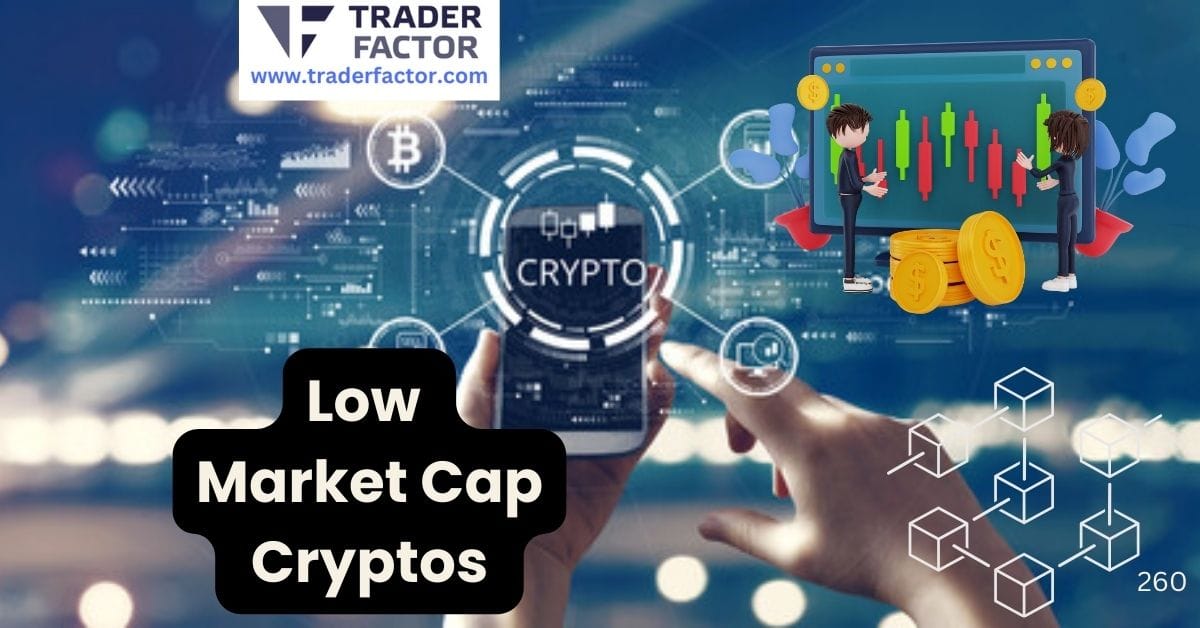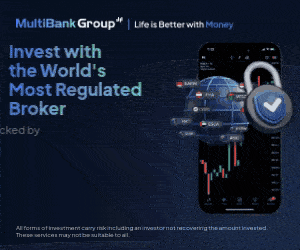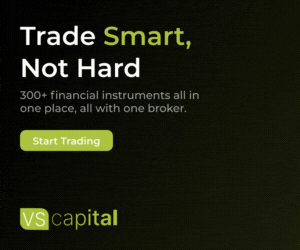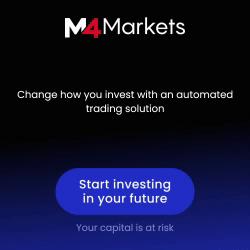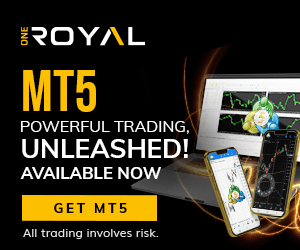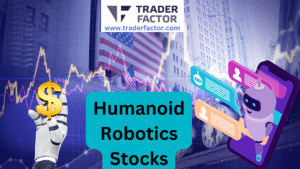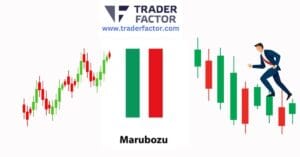Low market cap cryptos are cryptocurrencies with relatively small market valuations compared to established assets like Bitcoin and Ethereum. They often represent projects in early-stage development or with niche applications, making them attractive to investors seeking high-growth opportunities. These assets can offer significant returns due to their potential to scale rapidly if their underlying projects succeed. However, their low market cap also comes with higher risks, such as price volatility and market manipulation. Understanding the dynamics of these cryptos is crucial for anyone looking to explore this segment of the crypto market, as both the rewards and challenges can be substantial.
Table of Contents
ToggleLow Market Cap Cryptos List
| Crypto Name | Ticker | Current Price | Market Cap | Chain |
|---|---|---|---|---|
| Helium | HNT | $5.721 | $1.01 billion | Solana |
| Jupiter | JUP | $0.795 | $92.87 million | Ethereum |
| Akash Network | AKT | $3.13 | $776.59 million | Cosmos |
| Artificial Superintelligence Alliance | FET | $1.318 | $3.21 billion | Binance Smart Chain |
| Brave | BAT | $0.2438 | $41.449 million | Ethereum |
| AIOZ Network | AIOZ | $0.9489 | $1.04 billion | Binance Smart Chain |
| Goatseuse Maximus | GOAT | $0.356437 | $356.44 million | Solana |
| Axie Infinity | AXS | $6.21 | $70.805 million | Ronin |
| The Sandbox | SAND | $0.5911 | $1.44 billion | Ethereum |
| ApeCoin | APE | $1.12 | $833.01 million | Ethereum |
Data according to CoinMarketCap
Exploring Promising Low Market Cap Cryptocurrencies
Low market cap cryptos are attracting significant interest from investors for their potential to generate high returns. These digital assets typically represent innovative, early-stage projects or niche applications and carry the promise of rapid growth if they succeed. However, their smaller market size also implies higher risks, including price volatility and limited liquidity. Understanding the key players in this space is vital for anyone curious about investing in these opportunities. Below, we explore five noteworthy low market cap cryptocurrencies and their potential for growth.
1. Helium (HNT)
Helium (HNT) is reshaping wireless connectivity through a decentralized blockchain-powered network. Branded as “The People’s Network,” Helium enables users to deploy long-range, low-power wireless hotspots and earn tokens, contributing to an expansive IoT (Internet of Things) network. The token incentivizes community-driven expansion of wireless coverage, targeting stronger global connections.
Recent developments include a pivotal transition to the Solana blockchain, which improves scalability and reduces operating costs. This strategic move enables Helium to support wider adoption while maintaining its focus on community empowerment. With its robust technology and growing ecosystem, Helium stands out as a strong player in the IoT and blockchain intersection.
2. Jupiter (JUP)
Jupiter (JUP) operates within the Solana blockchain ecosystem, offering advanced privacy-focused solutions for data security and communication. Its infrastructure supports encrypted data transfer, making it a valuable tool for developers and organizations that prioritize security. Jupiter aims to fill gaps in blockchain-based privacy, enabling secure decentralized applications (dApps) on its platform.
The project is gaining attention thanks to consistent bullish price trends and new technical upgrades. These upgrades enhance its encryption protocols, ensuring alignment with modern security needs. By leveraging Solana’s high-performance environment, Jupiter continues gaining traction for those seeking secure blockchain utilities.
3. Akash Network (AKT)
Akash Network (AKT) introduces a decentralized alternative to traditional cloud storage and computing. Often referred to as “The Airbnb for Cloud Computing,” the platform matches users needing computational resources with providers offering unused capacity. Its cost-efficient and privacy-enhanced services appeal to businesses and independent developers alike.
Recent advancements include strategic integrations aimed at expanding its applicability in DeFi and AI. Partnerships with key industry players underscore its relevance in specialized sectors. By driving decentralization into the traditional cloud computing industry, Akash Network is positioning itself as an innovative disruptor.
4. Artificial Superintelligence Alliance (FET)
Artificial Superintelligence Alliance (FET) links decentralized artificial intelligence solutions with blockchain technology. The project, powered by its Fetch.ai blockchain, enables autonomous agents to enhance efficiency in various fields, such as supply chain management and peer-to-peer transactions. These agents leverage AI to make decisions without intermediaries, optimizing workflows.
Recent news highlights its use in smart city projects and AI-driven innovations in transport networks. By combining AI and blockchain, Fetch.ai furthers its reputation as a pioneer in decentralized economies. Its continual upgrades to scalability ensure it remains competitive in a rapidly evolving tech landscape.
5. Brave (BAT)
Brave (BAT) sits at the forefront of transforming digital advertising. The Brave browser prioritizes user privacy by blocking intrusive ads and trackers. Meanwhile, users earn Basic Attention Tokens (BAT) for engaging with opt-in advertisements that protect their data. Advertisers and publishers, in turn, benefit from increased transparency and user engagement.
Recent updates include multi-chain wallet functionality and enhanced ad personalization tools to improve user experience. These trends, paired with growing browser adoption, solidify BAT’s position as a leader in the intersection of blockchain, privacy, and advertising.
6. AIOZ Network (AIOZ)
AIOZ Network (AIOZ) is a decentralized content delivery network (CDN) aiming to revolutionize media streaming. By utilizing a blockchain-powered infrastructure, AIOZ allows users to share their spare bandwidth in exchange for tokens, reducing costs and improving streaming efficiency. This innovative system minimizes reliance on centralized servers, boosting scalability and lowering latency for media platforms.
Recent updates include refining its tokenomics and forming partnerships to expand its applications in the Web3 space. Offering a fresh approach to content delivery, AIOZ has become a standout in low market cap cryptos lists for its real-world use case within the streaming and decentralized app sectors.
7. Goatseuse Maximus (GOAT)
Goatseuse Maximus (GOAT) is a community-focused meme coin leveraging the Solana blockchain’s low fees and fast transactions. While lighthearted in nature, GOAT promotes engagement through DeFi activities and a supportive community. It has gained significant traction among meme coin fans who value its blend of entertainment and utility.
Recent updates have emphasized ecosystem expansion through collaborations and staking options, attracting more users to the platform. Despite its humorous branding, Goatseuse Maximus holds strong market potential as part of the growing segment of blockchain-based community tokens.
8. Axie Infinity (AXS)
Axie Infinity (AXS) leads the play-to-earn gaming revolution with a blockchain-powered ecosystem centered around collecting and battling digital creatures called Axies. The platform allows players to earn tokens through gameplay, merging decentralized finance with gaming to create a robust digital economy. Its success has established Axie Infinity as a flagship project in blockchain gaming.
The development of Axie Infinity Origin, a new gameplay model, aims to enhance user experience and secure long-term sustainability through balanced tokenomics. This adaptability continues to solidify Axie Infinity’s status as a leader in play-to-earn decentralized ecosystems.
9. The Sandbox (SAND)
The Sandbox (SAND) is a blockchain-based virtual world where players can create, own, and monetize gaming experiences. Using non-fungible tokens (NFTs), it empowers creators with digital ownership and facilitates trading within its decentralized economy. The project blends gaming innovation with blockchain technology, redefining possibilities in the metaverse.
Recent developments include collaborations with major brands and ongoing land sales, attracting businesses and gamers alike. Its growing user base and strong partnerships position The Sandbox as a standout low market cap crypto in the evolving metaverse landscape.
10. ApeCoin (APE)
ApeCoin (APE) is the governance and utility token of the APE ecosystem, which includes high-profile NFT collections like Bored Ape Yacht Club (BAYC). Through APE, users can vote on governance decisions and access exclusive digital experiences, advancing innovation in NFTs, gaming, and decentralized culture.
Recently, ApeCoin has shown promising growth potential, breaking out of consolidation phases while expanding its integration into decentralized applications. This multipurpose token stands out as a low market cap crypto with significant opportunities in Web3 innovations.
Frequently Asked Questions
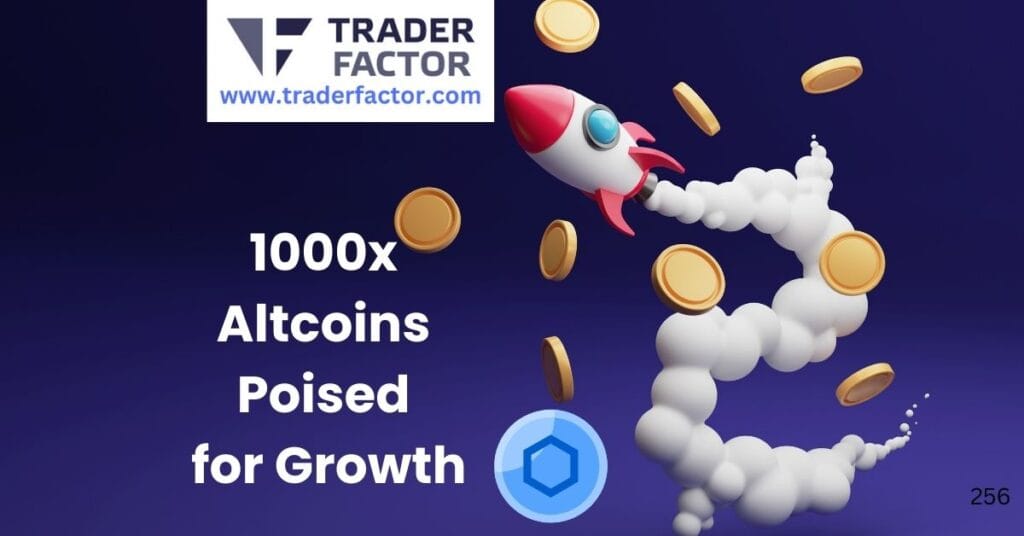
What is considered low market cap crypto?
Low market cap cryptos refer to cryptocurrencies with a relatively small market valuation, often below $1 billion. They are typically included in a low market cap cryptos list due to their niche projects or early-stage development. These cryptos can offer higher growth potential but are also more volatile compared to larger-cap alternatives.
What is the most promising low market cap crypto?
Helium (HNT) and Akash Network (AKT) are two examples of low market cap cryptos with huge potential. Their focus on decentralization in wireless connectivity and cloud computing, respectively, positions them for significant growth. However, a thorough review of updated low market cap cryptos lists is essential before making investment decisions.
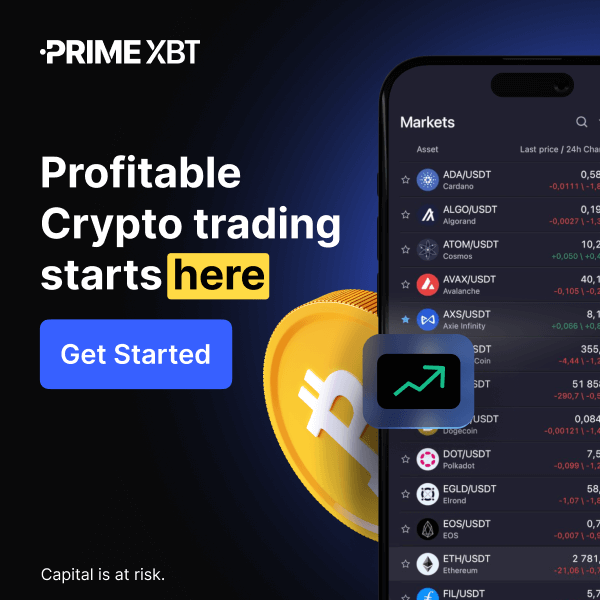
Which crypto has 1000x potential?
Finding a low market cap crypto with 1000x potential often requires identifying innovative projects in early stages. Look for technologies with real-world applications, such as Artificial Superintelligence Alliance (FET), where blockchain meets AI. Always keep an eye on current low market cap cryptos to invest in for such opportunities.
Which crypto has the lowest supply?
Low market cap cryptos with limited token supply are often seen as having scarcity value, although the “lowest” supply depends on market trends. For example, Brave’s Basic Attention Token (BAT) features a capped supply, making it an appealing choice for scarcity-minded investors. Platforms like Coinbase and Binance frequently display token supply metrics for analysis.
What is a good market cap for crypto?
A “good” market cap depends on your investment goals. For low market cap cryptos to invest in, anything under $1 billion is considered small and potentially promising for growth. Always balance market cap with project fundamentals and industry relevance when evaluating options.

What is penny crypto with 1000x potential?
Penny cryptos, such as Jupiter (JUP), are low market cap cryptos featuring token prices below $1. These options occasionally appear in low market cap crypto lists on Coinbase and Binance when their projects gain traction. Researching undervalued cryptos thoroughly is vital for identifying real potential while minimizing risks.
Is it better to invest in large-cap or small-cap crypto?
The choice between large-cap and low market cap cryptos depends on your risk tolerance and goals. Large-cap coins are more stable but offer limited upside, while low market cap cryptos on platforms like Binance usually offer higher growth potential with increased risk. Diversifying between the two categories can strike a balance between stability and opportunity.
Conclusion
Low market cap cryptos offer a compelling mix of risk and reward. Projects like Helium, Jupiter, Akash Network, Artificial Superintelligence Alliance, and Brave demonstrate the innovative applications transforming this space. While investing in these assets can be volatile, their unique technologies and market positions highlight their potential to deliver exceptional growth.
Disclaimer:
All information has been prepared by TraderFactor or partners. The information does not contain a record of TraderFactor or partner’s prices or an offer of or solicitation for a transaction in any financial instrument. No representation or warranty is given as to the accuracy or completeness of this information. Any material provided does not have regard to the specific investment objective and financial situation of any person who may read it. Past performance is not a reliable indicator of future performance.

